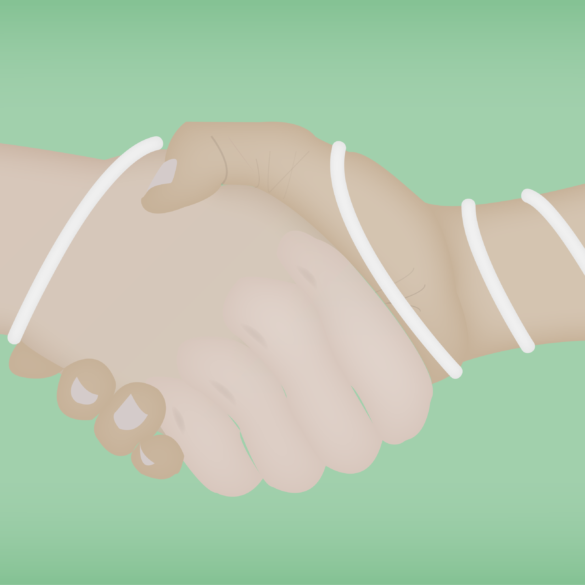Our digital lives produce real-life effects—for both good and bad.
I sat in a cafe in downtown Indianapolis, scrolling through my Facebook feed when I came upon a series of screenshots. A Twitter user had used a racial slur, and then an anonymous individual found where she worked, contacted her employer, and had her fired. This all happened in a day. I was surprised at how quickly it all developed, especially because the person who had her fired supposedly didn’t know her at all. The individual had just found the Tweet and was angered by it.
Sometimes it may seem like the world we keep at our fingertips stays there. It can feel as if the digital world is separated from reality with the press of a button, a lock of a phone screen, or the deleting of an account.
But real life and the one we hold online are intertwined—for both good and bad. Individuals face real life trauma from online cyberbullying. What is said online can impact real life opportunities, and like the viral Twitter user who was fired, at times, people seek out justice when they believe it is due.
But it’s not all bad. People also have the ability to find mass support for causes, can donate to charities, and can even raise money for just about anything. GoFundMe accounts have been used for off-the-wall reasons such as buying concert tickets and booze money, to serious causes such as medical bills and funeral expenses.
This week, Ball Bearings looks at the tangible effects of our online realities—whether it be positive or negative. What we do online does not stay there. It has real life implications. No one is exempt from the consequences.




